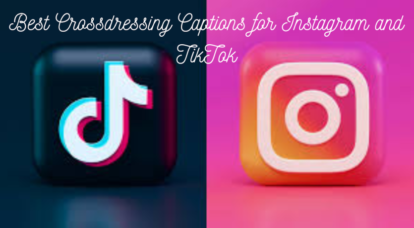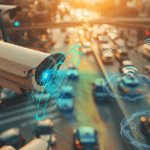Technology is redefining communication in profound ways. Instant messaging and social media facilitate immediate connections and foster communities. Meanwhile, virtual reality introduces novel avenues for interaction. In professional and educational settings, tools like video conferencing are enhancing participation and collaboration across distances. As these advancements continue to unfold, they raise important questions about the future dynamics of communication. What implications might these changes hold for our interpersonal relationships and societal structures?
The Rise of Instant Messaging and Its Impact
As instant messaging emerged as a dominant form of communication, it transformed how individuals interact both personally and professionally.
Messaging apps facilitated real-time exchanges, fostering immediacy and efficiency. However, this evolution necessitated a new understanding of texting etiquette, as brevity and tone became crucial in conveying messages accurately.
Thus, the rise of instant messaging reflects a significant shift in communication dynamics, emphasizing both convenience and responsibility.
The Role of Social Media in Modern Communication
How has social media reshaped the landscape of modern communication?
It has fostered digital communities that transcend geographical boundaries, enabling individuals to connect and engage in social activism like never before.
This platform empowers voices, facilitating dialogue around pressing issues while challenging traditional communication hierarchies.
Consequently, social media has become a crucial tool for advocacy, inspiring collective action and promoting freedom of expression globally.
Virtual Reality and Its Transformative Potential
While many technologies have influenced communication, virtual reality (VR) stands out for its ability to create immersive experiences that can fundamentally alter how individuals interact and share information.
The Future of Communication in Business and Education
The integration of advanced technologies, including virtual reality, is reshaping communication paradigms in both business and education sectors.
Video conferencing tools enhance remote interactions, while collaborative platforms foster teamwork across geographical boundaries.
These innovations empower individuals to engage freely and effectively, breaking traditional constraints.
As organizations and educational institutions adopt these technologies, the future of communication promises greater accessibility, inclusivity, and dynamic learning environments.
Conclusion
In an era reminiscent of the Tower of Babel, where languages once divided humanity, technology now bridges those gaps, fostering understanding and collaboration across diverse communities. The convergence of instant messaging, social media, and virtual reality not only enhances communication but also redefines our interactions in profound ways. As these tools evolve, they promise a future where connectivity knows no boundaries, echoing the ancient dream of unity through shared understanding and collective experience.




 How Technology Is Shaping the Future of Mobility
How Technology Is Shaping the Future of Mobility